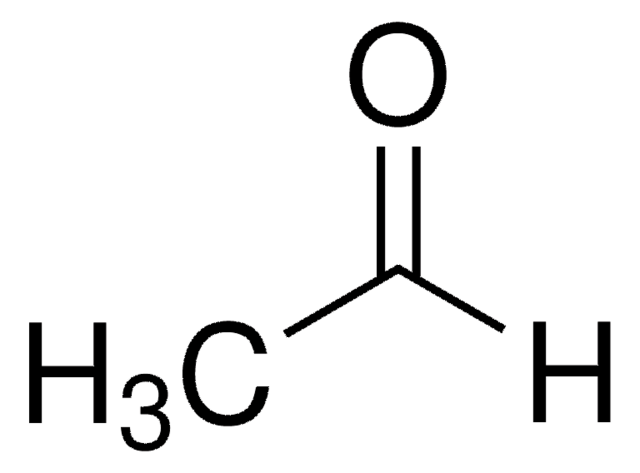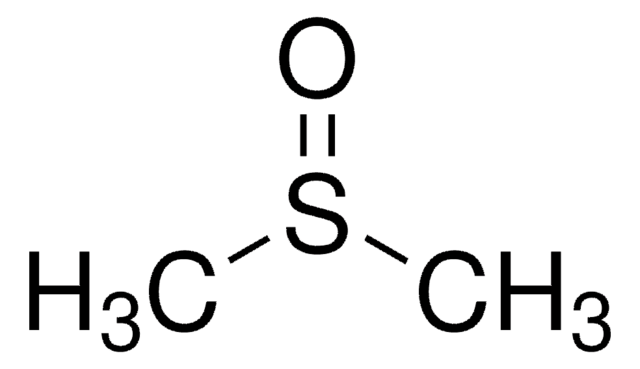모든 사진(1)
About This Item
실험식(Hill 표기법):
C6H10O3
CAS Number:
Molecular Weight:
130.14
FEMA Number:
3526
MDL number:
UNSPSC 코드:
12164502
PubChem Substance ID:
플래비스(Flavis) 번호:
9.186
NACRES:
NA.21
추천 제품
Grade
FG
Halal
Kosher
natural
Agency
meets purity specifications of JECFA
규정 준수
EU Regulation 1334/2008 & 178/2002
분석
99%
환경친화적 대안 제품 특성
Less Hazardous Chemical Syntheses
Use of Renewable Feedstocks
Learn more about the Principles of Green Chemistry.
sustainability
Greener Alternative Product
refractive index
n20/D 1.414
density
1.000 g/mL at 25 °C
응용 분야
flavors and fragrances
문건
see Safety & Documentation for available documents
식품 알레르기항원
no known allergens
환경친화적 대안 카테고리
감각 수용성의
creamy; buttery; ethereal; sweet
SMILES string
CC(OC(C)=O)C(C)=O
InChI
1S/C6H10O3/c1-4(7)5(2)9-6(3)8/h5H,1-3H3
InChI key
ZKPTYCJWRHHBOW-UHFFFAOYSA-N
유사한 제품을 찾으십니까? 방문 제품 비교 안내
일반 설명
2-Acetoxy-3-butanone occurs naturally in paw paw fruit. It is also reported to be formed by the reaction between cysteine and 2,5-dimethyl-4-hydroxy-3(2H)-furanone.
We are committed to bringing you greener alternative products, which adhere to one or more of the 12 Principles of Green Chemistry. This product is Biobased and thus aligns with "Less Hazardous Chemical Syntheses" and "Use of Renewable Feedstocks".
Storage Class Code
10 - Combustible liquids
WGK
WGK 3
Flash Point (°F)
150.8 °F - closed cup
Flash Point (°C)
66 °C - closed cup
Two novel thiophenes identified from the reaction between cysteine and 2, 5-dimethyl-4-hydroxy-3 (2H)-furanone.
Shu CK, et al.
Journal of Agricultural and Food Chemistry, 34(2), 344-346 (1986)
Effect of pH on the volatile formation from the reaction between cysteine and 2, 5-dimethyl-4-hydroxy-3 (2H)-furanone.
Shu CK & Ho CT
Journal of Agricultural and Food Chemistry, 36(4), 801-803 (1988)
Volatile components of pawpaw fruit (Asimina triloba Dunal).
Shiota H.
Journal of Agricultural and Food Chemistry, 39(9), 1631-1635 (1991)
Aline Robert-Hazotte et al.
Scientific reports, 9(1), 2492-2492 (2019-02-23)
Odorant-metabolizing enzymes are critically involved in the clearance of odorant molecules from the environment of the nasal neuro-olfactory tissue to maintain the sensitivity of olfactory detection. Odorant metabolism may also generate metabolites in situ, the characterization and function of which
자사의 과학자팀은 생명 과학, 재료 과학, 화학 합성, 크로마토그래피, 분석 및 기타 많은 영역을 포함한 모든 과학 분야에 경험이 있습니다..
고객지원팀으로 연락바랍니다.





